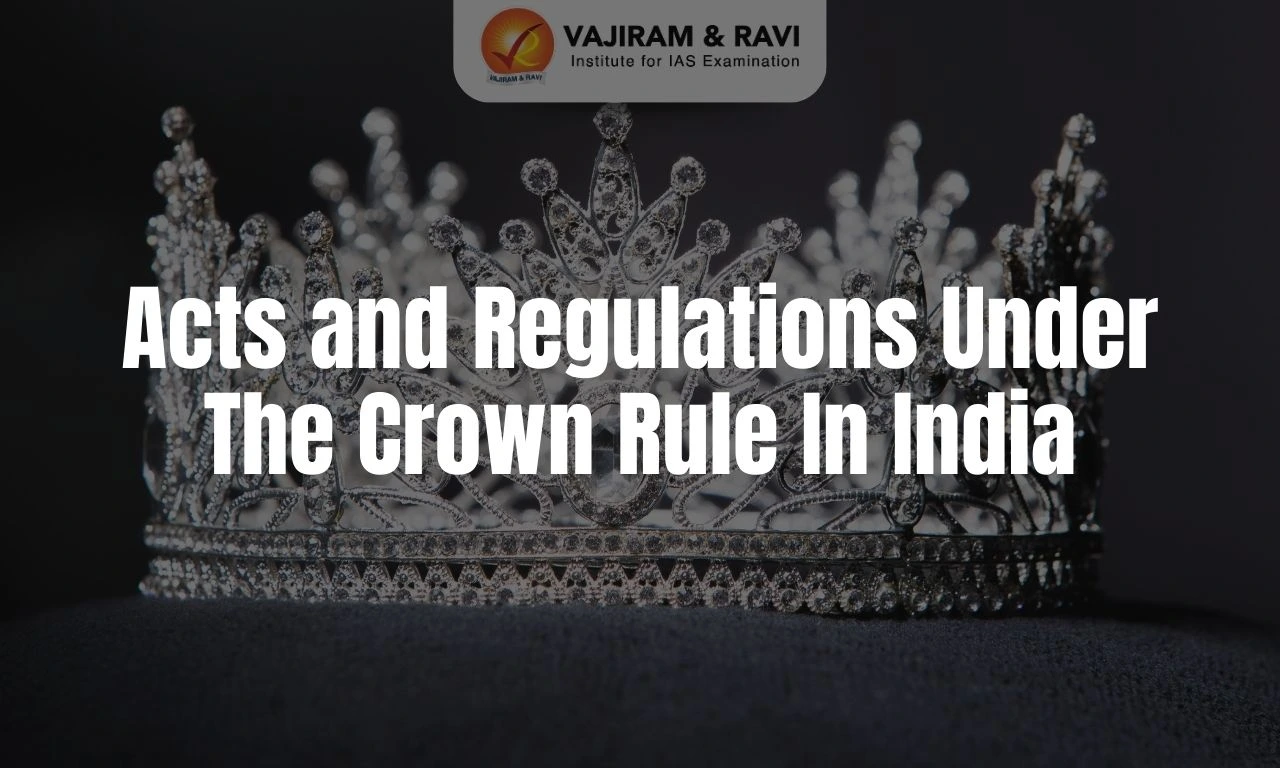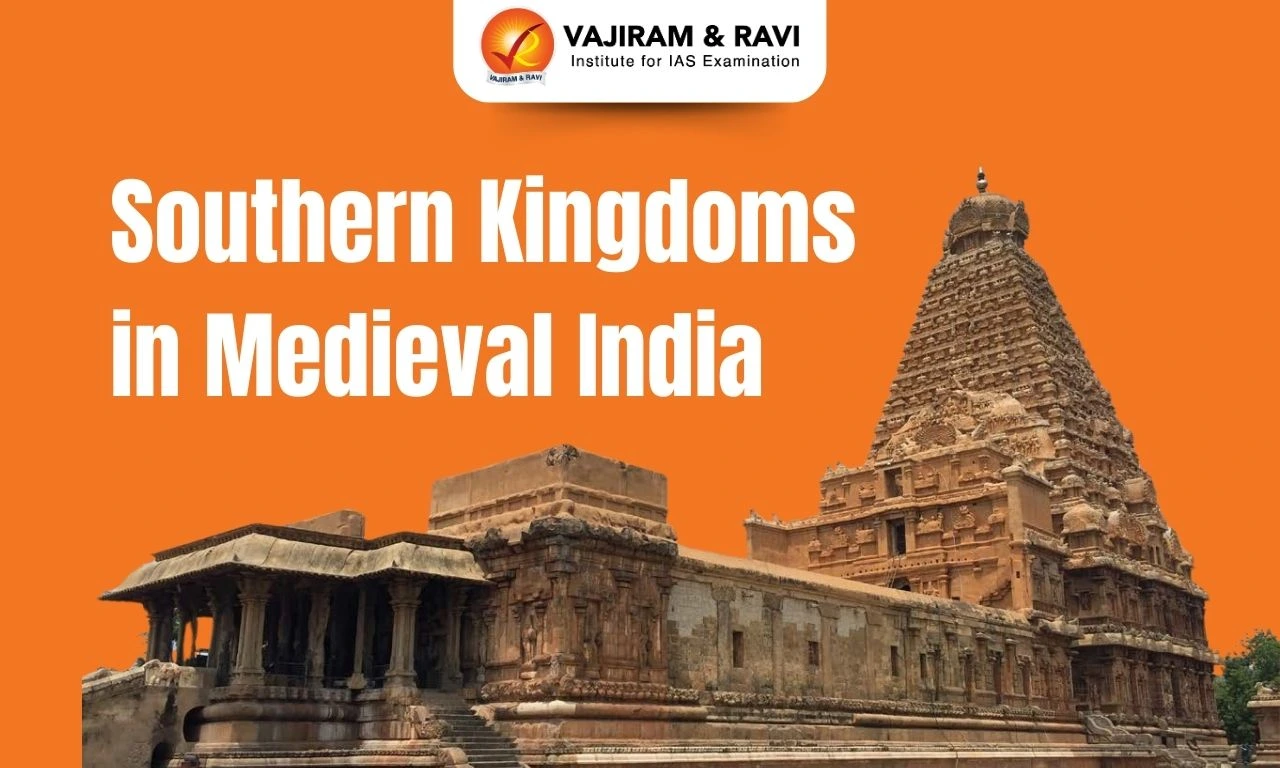Public-Private Partnership (PPP) is a collaborative framework where the government partners with private entities to deliver public services or infrastructure. It enables resource sharing, risk distribution, and expertise exchange between the public and private sectors, addressing challenges like limited public funds and the need for efficient infrastructure.
PPPs are widely used in sectors like transportation, healthcare, and education. Notable models include Build-Operate-Transfer (BOT), Build-Own-Operate (BOO), and Hybrid Annuity Model (HAM). India has adopted PPPs in numerous sectors, with projects like highways, airports, and urban infrastructure.
Public Private Partnership Definition
Public Private Partnership (PPP) is a collaborative model where services are provided by private entities, including both non-profit and for-profit organisations, while the government remains responsible for allocating the necessary resources.
- Public Private Partnership framework involves mutual cooperation and resource-sharing between the public and private sectors, aimed at achieving shared objectives.
- Through structured discussions and agreements, all participating parties develop a clear understanding of their respective roles and obligations, ensuring coordinated efforts and accountability while maintaining institutional autonomy.
- PPPs are often used when public resources are limited, and there is a need for innovative solutions to complex infrastructure challenges.
Example of Public Private Partnership
Public-Private Partnerships (PPPs) are commonly implemented in infrastructure initiatives like the construction of highways and toll roads. A notable PPP project in India is the Shri Jagannath International Airport in Puri, Odisha, where private partners handle its development, operations, and maintenance. Similarly, PPP models are employed for setting up truck terminals across various districts in Odisha and establishing a Silk (Ahimsa) spinning mill.
Public Private Partnership Need
Public Private Partnership need arises from the growing demand for infrastructure and public services, coupled with limited public sector resources. Public-private partnerships enable governments to leverage private sector investment and expertise to meet these demands efficiently.
- Bridging Infrastructure Gaps: India faces significant deficits in sectors like transportation, energy, such as solar energy, and urban development. PPPs enable the pooling of resources and expertise from both public and private sectors to develop essential infrastructure projects, addressing these critical gaps.
- Mobilising Financial Resources: With limited public funds, PPPs attract private investment, reducing the financial burden on the government. This collaboration facilitates the execution of large-scale projects without solely relying on public finances.
- Leveraging Private Sector Expertise: Private entities bring innovation, efficiency, and advanced technologies to infrastructure projects. Their involvement ensures timely completion, cost-effectiveness, and improved service delivery.
- Risk Sharing: Public Private Partnership distribute risks between public and private partners. While the private sector manages operational and financial risks, the public sector oversees regulatory and political aspects, ensuring balanced risk management.
- Enhancing Service Quality: The competitive nature of Public Private Partnerships encourages private partners to maintain high service standards. This leads to improved infrastructure quality and better user satisfaction, ultimately boosting the Gross Domestic Product (GDP).
Public Private Partnership Models
Public-Private Partnership models include various investment models such BOT, BOO, DBFO, and LDO, each defining the level of private involvement in designing, financing, building, operating, or owning public infrastructure and services under agreed contractual terms.
- Build-Operate-Transfer (BOT): The BOT model is a public-private partnership framework where a private entity is granted the rights to design, finance, construct, and operate a facility for a fixed duration.
- During this period, the private player recovers its investment, usually through user charges. After the stipulated timeframe, the asset ownership is handed over to the government.
- This model reflects the highest level of private sector involvement in infrastructure development.
- Build-Own-Operate (BOO): In the BOO arrangement, a private organization takes responsibility for constructing, owning, and operating a facility indefinitely. Unlike BOT, the asset does not revert to public ownership.
- The government may support the private party with incentives like tax exemptions or policy support to ensure viability.
- BOT-Annuity Model: Under the BOT-Annuity framework, the private sector executes the project and receives pre-agreed payments from the government at regular intervals, regardless of revenue generated.
- These fixed annuity payments are tied to performance and availability metrics, reducing financial risks for the developer.
- Operations & Maintenance (O&M) / Service Contracts: O&M or service contracts are short-term agreements where the government outsources specific tasks, such as operations or maintenance of public assets, to private firms.
- These contracts do not involve investment in infrastructure creation and are mainly focused on service delivery.
- Engineering, Procurement and Construction (EPC): EPC is a contract model where a private contractor is responsible for all project-related activities, including design, procurement of materials, and construction.
- The government finances the project, while the private firm executes it without taking long-term operational responsibility.
- Hybrid Annuity Model (HAM): The Hybrid Annuity Model blends aspects of the EPC and BOT-Annuity formats. In this model, the government covers 40% of the project cost during construction, while the remaining 60% is funded by the private developer.
- Typically, the developer contributes around 20–25% of the cost as equity, with the rest arranged through debt.
- The government pays annuities over time, reducing traffic or revenue risks for the private player.
- Design-Build-Finance-Operate (DBFO): The private partner designs, finances, builds, and operates the project, often under a long-term lease.
- Lease-Develop-Operate (LDO): The private sector leases an existing facility, upgrades it, and operates it for a defined period.
Public Private Partnership India
Public Private Partnerships (PPP) in India have become a cornerstone for infrastructure development, enabling collaboration between government and private entities to deliver critical public assets and services.
- As of March 2025, India has implemented over 1,800 PPP projects across various sectors, including transportation, energy, and urban development, with a cumulative investment exceeding ₹24 lakh crore.
- The 2025 Union Budget has further prioritised Public Private Partnerships, especially in housing, power, and urban infrastructure, with ministries and states required to identify bankable projects for PPP implementation over the next three years.
- Further, the National Infrastructure Pipeline (NIP) aims to invest ₹111 lakh crore over five years, with public-private partnerships playing a crucial role in bridging the financing gap.
Public Private Partnership Government Steps
The government has taken key steps to promote Public-Private Partnerships, including policy frameworks like the National Monetisation Pipeline, viability gap funding, dedicated PPP cells, and 100% FDI investment.
- Viability Gap Funding (VGF): VGF offers financial assistance of up to 40% of project cost, helping bridge the funding gap for economically justified but commercially unviable infrastructure projects.
- National Monetisation Pipeline (NMP): NMP targets ₹6 lakh crore through leasing core government assets in transport, energy, telecom, and aviation sectors during FY 2021–22 to 2024–25.
- India Infrastructure Project Development Fund (IIPDF): IIPDF provides funding for early-stage activities like feasibility studies and project structuring for PPP projects at central, state, and urban or rural local levels.
- Foreign Direct Investment (FDI): The FDI policy permits up to 100% investment in Special Purpose Vehicles (SPVs) via the automatic route, enhancing foreign participation in PPP-led infrastructure ventures.
Public Private Partnership Challenges
Public-Private Partnerships face challenges like complex contractual arrangements, unclear risk allocation, financing difficulties, regulatory delays, and public resistance. These issues can hinder project implementation and require robust legal frameworks and effective stakeholder coordination for resolution.
- Regulatory Hurdles: As reported by the Ministry of Statistics and Programme Implementation (MoSPI) in March 2024, 449 infrastructure projects encountered cumulative cost overruns exceeding ₹5.01 lakh crore.
- These delays were primarily due to hurdles such as land acquisition problems and bottlenecks in securing environmental clearances.
- Risk Sharing Challenges: One of the most critical and often debated aspects of PPPs is how to divide project risks fairly between the public and private sectors. Improper or unclear allocation can result in disputes or inefficiencies.
- Issues with Long-Term Contracts: Infrastructure contracts that extend over two or three decades may become less favourable to private players over time. Due to shifts in the economic landscape or government policies, the private sector may lose bargaining strength, creating what's known as “obsolescing bargains.”
- Funding Constraints: The private sector often faces limited availability of long-term funding. In addition, issues such as excessive borrowing and lack of operational capacity can hinder the successful execution of PPP projects.
- Weak Dispute Resolution Systems: The absence of robust and timely mechanisms for conflict resolution undermines project efficiency. It can lead to protracted disputes, delays in execution, and increased financial burdens.
Public Private Partnership Way Forward
To strengthen Public-Private Partnerships, governments should enhance policy clarity, build institutional capacity, ensure fair risk allocation, engage stakeholders, and establish robust monitoring mechanisms to promote transparency, efficiency, and sustainable infrastructure development.
- Policy Reforms: Simplifying regulations and providing clear guidelines can facilitate smoother PPP implementation.
- Capacity Building: Strengthening institutional capacities to design, negotiate, and manage PPPs is essential.
- Risk Management: Developing standardized risk assessment and allocation frameworks can improve project outcomes.
- Stakeholder Engagement: Involving communities and stakeholders in the planning process can build support and address concerns.
- Monitoring and Evaluation: Establishing mechanisms to monitor performance and ensure accountability can enhance transparency and trust.
Public Private Partnership UPSC PYQs
Question 1: Why is Public Private Partnership (PPP) required in infrastructure projects? Examine the role of PPP model in the redevelopment of Railway Stations in India. (UPSC Mains 2022)
Question 2: Examine the developments of Airports in India through Joint Ventures under Public-Private Partnership (PPP) model. What are the challenges faced by the authorities in this regard? (UPSC Mains 2017)
Last updated on December, 2025
→ Check out the latest UPSC Syllabus 2026 here.
→ Join Vajiram & Ravi’s Interview Guidance Programme for expert help to crack your final UPSC stage.
→ UPSC Mains Result 2025 is now out.
→ UPSC Notification 2026 is scheduled to be released on January 14, 2026.
→ UPSC Calendar 2026 is released on 15th May, 2025.
→ The UPSC Vacancy 2025 were released 1129, out of which 979 were for UPSC CSE and remaining 150 are for UPSC IFoS.
→ UPSC Prelims 2026 will be conducted on 24th May, 2026 & UPSC Mains 2026 will be conducted on 21st August 2026.
→ The UPSC Selection Process is of 3 stages-Prelims, Mains and Interview.
→ UPSC Result 2024 is released with latest UPSC Marksheet 2024. Check Now!
→ UPSC Prelims Result 2025 is out now for the CSE held on 25 May 2025.
→ UPSC Toppers List 2024 is released now. Shakti Dubey is UPSC AIR 1 2024 Topper.
→ UPSC Prelims Question Paper 2025 and Unofficial Prelims Answer Key 2025 are available now.
→ UPSC Mains Question Paper 2025 is out for Essay, GS 1, 2, 3 & GS 4.
→ UPSC Mains Indian Language Question Paper 2025 is now out.
→ UPSC Mains Optional Question Paper 2025 is now out.
→ Also check Best IAS Coaching in Delhi
Public Private Partnership FAQs
Q1. What is meant by Public-Private Partnership?+
Q2. What is an example of a PPP?+
Q3. What are the four types of PPP?+
Q4. Who started PPP in India?+
Q5. What is the role of the PPP?+

















